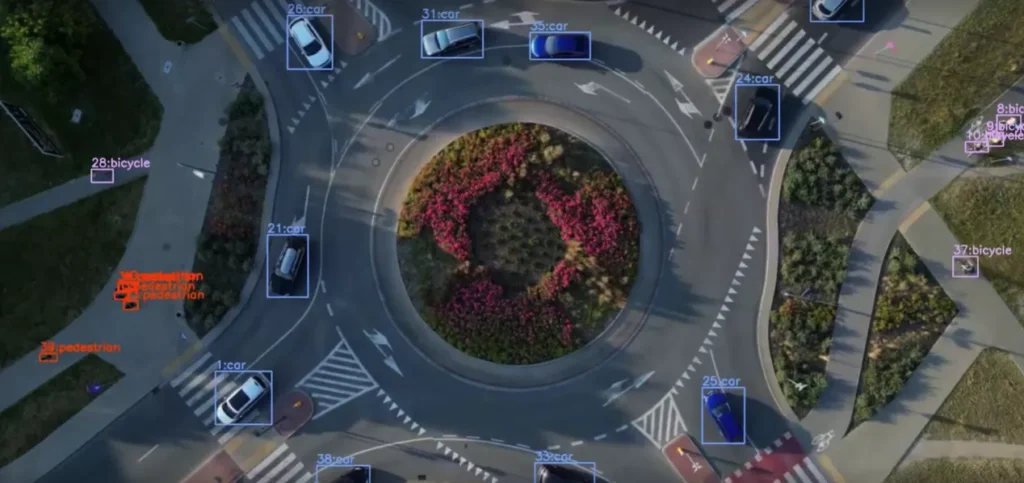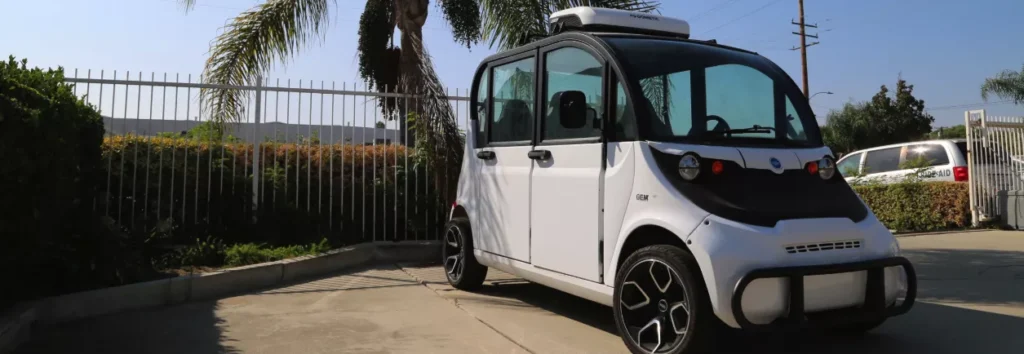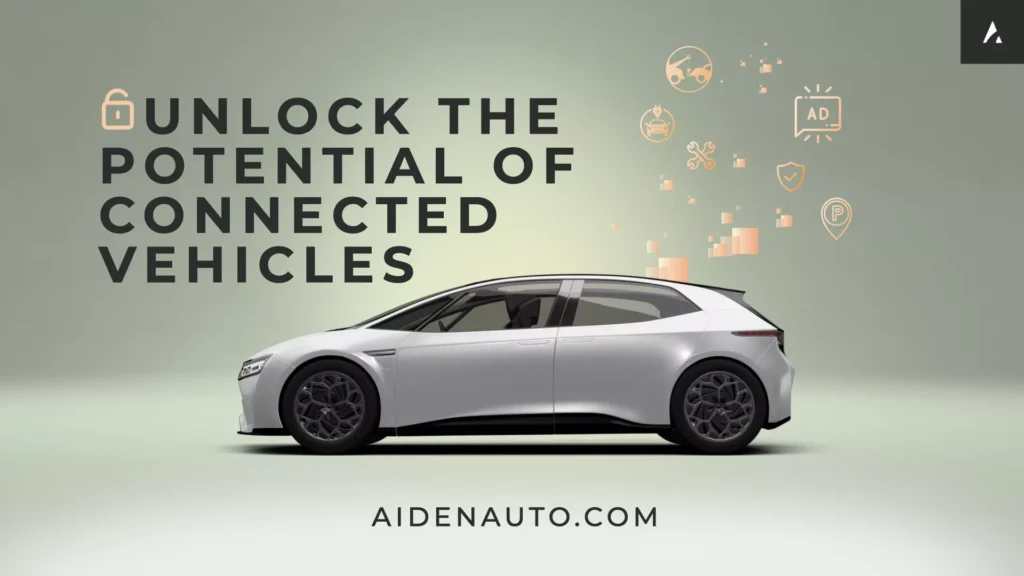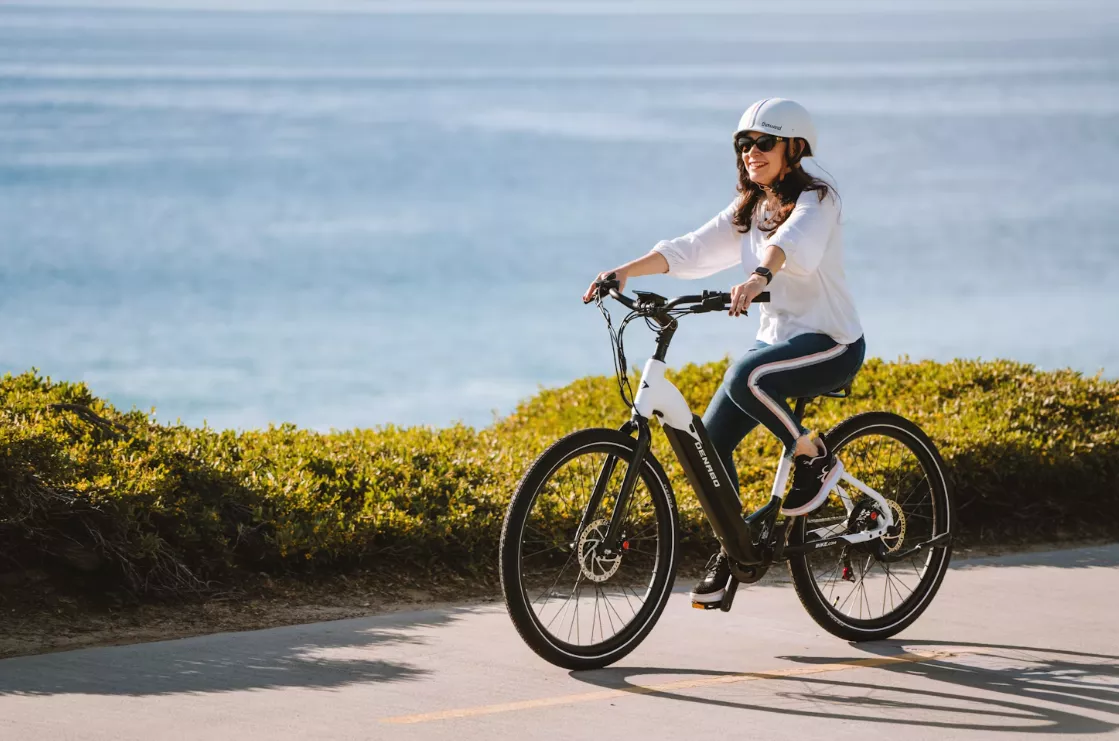










From EVs and batteries to autonomous vehicles and urban transport, we cover what actually matters. Delivered to your inbox weekly.

Shared micromobility is no longer a fringe movement. With over 500 cities worldwide hosting shared e-scooter and e-bike schemes, the sector is projected to exceed £170 billion globally by 2030. But while fleets expand and rider demand soars, safety infrastructure remains stuck in a reactive era — and insurers are feeling the consequences.
Too often, when an incident occurs, the facts are unclear. Was the rider wearing a helmet? Was it their fault? Was the vehicle fit for use? Without verified data, insurers face disputes, operators risk liability, and cities struggle to make informed policy decisions.
At the centre of this uncertainty sits a helmet — or rather, the absence of one.
Operators want to offer helmets, but theft, hygiene, and cost have made large-scale deployment unworkable. Riders, especially in casual or spontaneous use, rarely carry one. And insurers, lacking any behavioural data, have stayed on the sidelines of this booming sector.
UrbanShield was created to fix this.
We’re building a new category of urban infrastructure: smart helmets embedded with crash detection, GPS, BLE sensors, and real-time data connectivity. These aren’t just safety accessories — they’re dynamic, data-generating tools that turn every ride into a source of insight.
In the UK, cycling and e-scooter incidents remain significant. In 2023, there were:
14,999 cyclist casualties, including 87 fatalities
1,387 e-scooter casualties, with 6 fatalities
These figures represent a modest improvement over 2022, but the numbers are still far too high — and with shared vehicle use rising, the potential for injury remains a major concern.
Smart helmets can help insurers move from reactive claims to proactive prevention.
With real-time impact detection, ride telemetry, and API-linked data feeds, insurers gain timestamped crash records, behavioural insights, and even proof of helmet use. Instead of slow, disputed claims, you get faster settlements and clearer risk segmentation.
This unlocks a new model: behaviour-linked insurance. Just as telematics transformed car insurance, micromobility can now be priced and managed through real-world rider data.
For city planners, this data is gold.
Imagine knowing the top 10 intersections for near misses before someone gets hurt. Or seeing how rider speed varies by infrastructure type — cycle lane vs shared road. Or understanding where helmet use is high or low in real-time, enabling targeted nudges or enforcement.
This is proactive regulation — driven by anonymised, aggregated telemetry instead of anecdote or delayed reporting.
Cities like Paris and Milan, already tightening e-scooter rules, could soon mandate helmet systems as part of operator licences. But if those helmets come with verified safety data, everyone wins.
It’s worth acknowledging: helmet initiatives have been tried — and largely abandoned.
In cities like Brisbane and Boston, helmet kiosks were deployed to improve safety compliance. But they required riders to walk blocks to find a helmet, offered no size or fit data, and became hygiene nightmares. Unsurprisingly, they were scrapped.
We remove friction while adding function — enabling true “plug-and-play” safety that’s invisible to the user, but invaluable to the operator, insurer, and city.
Insurance is one of the last major barriers to scale in shared micromobility. As long as liability remains murky, pricing will stay high and access limited. But by integrating smart helmets as data platforms, we can turn every ride into a risk-assessed, safety-enhanced journey.
And this isn’t just theory. Pilots are already launching with operators who see UrbanShield as a differentiator — not a cost. Insurers are starting to listen. City transport bodies are taking meetings.
Because the future of micromobility won’t be built on fleet size or app design — it’ll be built on trust.
And trust starts with data you can rely on.